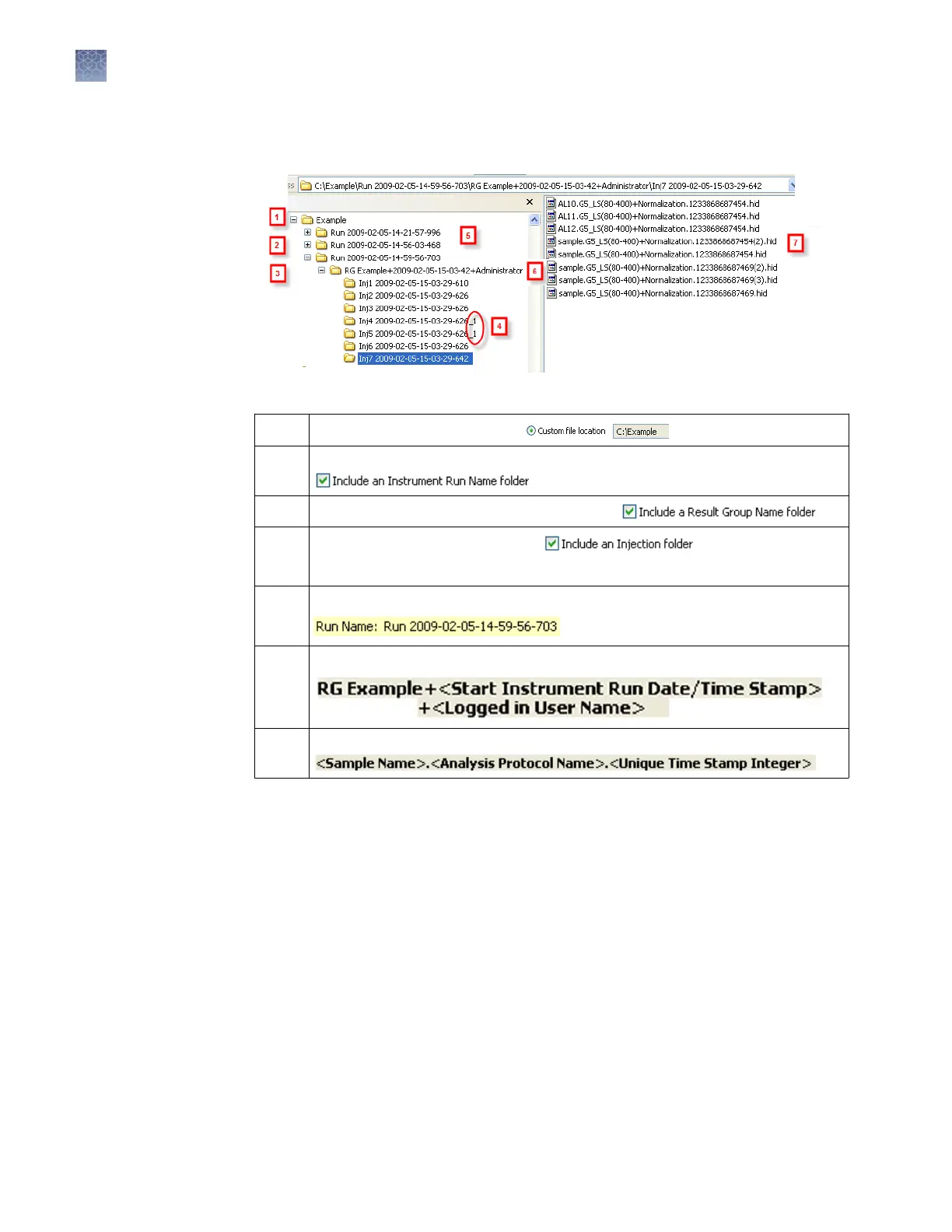Figure 19 shows the folders and les generated by the results group, le name
conv
ention, run name, and injections shown in Figure 16, Figure 17, and Figure 18.
Figure 19 F
older hierarchy and file naming example
1 File location from results group
2 Instrument Run Name folder from results group
3 Results group Name folder from results group
4 Injection folder from results group
Duplicate injections indicated with _n wher
e n is the number of duplicates.
5 Run name (default or user-defined) from injection list
6 Results group name syntax from results group
7 File name syntax from fil
e name convention
We recommend that you run one allelic ladder for each set of 24 samples (see “Allelic
ladder location (HID analysis)“
on page 152).
To store one allelic ladder per run folder on an 8-capillary instrument, create one
results group for each set of three injections on the plate. Each results group species
a results group name folder. Because you assign one results group to a set of three
Results Group
e
xample 3: store
one allelic ladder
per run folder (8-
capillary
instruments)
Chapter 7 Manage libr
ary resources
Results Group library
7
160
3500/3500xL Genetic Analyzer User Guide—Data Collection Software v3.1

